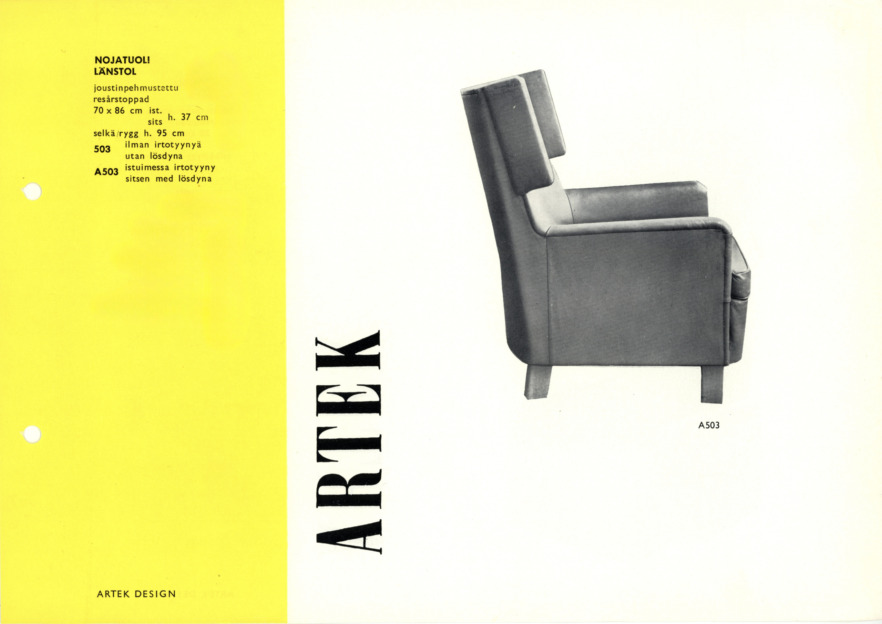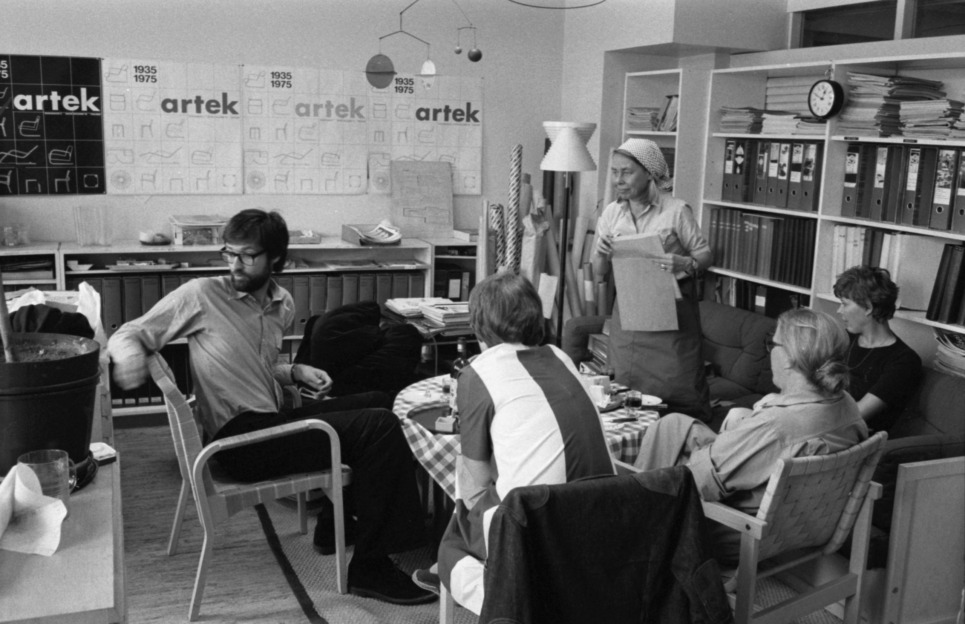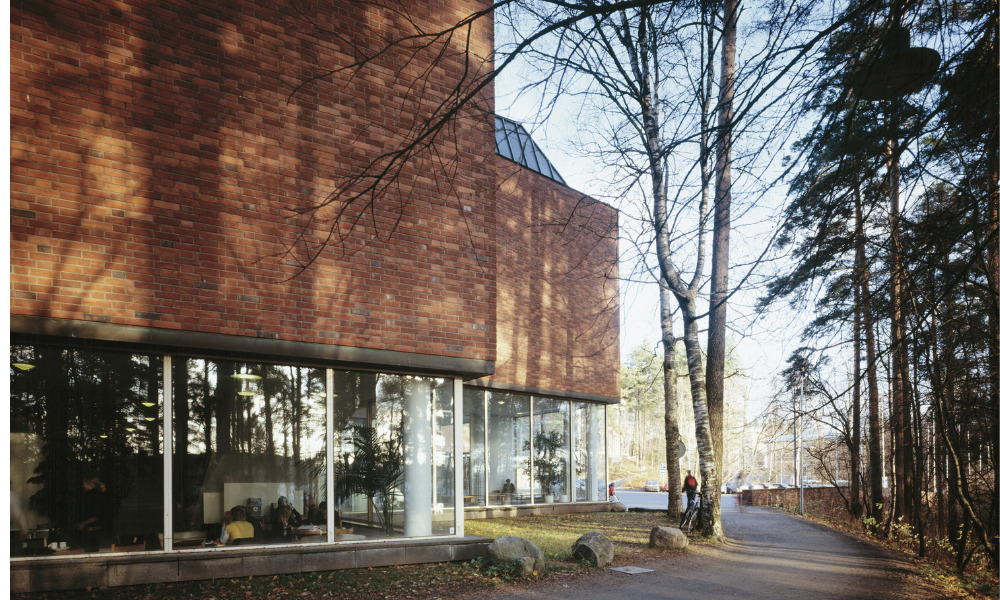Nordic Quarters
Category: People
A decade of design: Checkpoint’s 10th anniversary honours Aalto’s vision
How is design heritage renewing itself? How can authentic and human-centred design, traditional craftsmanship and innovation thrive in the age of AI?These are just a few of the questions the 10th International Alvar Aalto Design Seminar – Checkpoint aims to explore

This June, design enthusiasts and professionals will gather in Jyväskylä, located in the scenic Finnish Lakeland, for the 10th International Alvar Aalto Design Seminar – Checkpoint. Taking place on 10.6. at the University of Jyväskylä’s Main Building, designed by Aalto himself in 1954-55, the seminar will delve into the challenges facing today’s design world amidst rapid global change.
With three key themes – Authenticity, Cohabitation and Evolution – guiding the conversation toward a sustainable future for design, and at a time when AI is reshaping creative industries, the seminar explores how authentic, human-centred design, craftsmanship and cohabitation can continue to thrive today. Among the speakers are Dutch industrial designer Ineke Hans, Falay Transition Design Collective’s design lead Zeynep Falay Von Flittner and CEO of Fyra Design Agency, Hanna Neuvo, among many more.

The seminar’s side programme extends to the Aalto2 Museum Centre of Jyväskylä, where Artek’s legacy will be on full display at its summer exhibition, Visibly Invisible – Artek’s Drawing Office 1936–2004, which runs from 23.5. until 14.9. Celebrating Artek’s 90th anniversary, the exhibit, curated by the Alvar Aalto Foundation, highlights the brilliant designers who contributed to Artek’s success, from Alvar and Aino Aalto to Maija Heikinheimo, who worked closely on recognisable interior design projects like Säynätsalo Town Hall in 1952 and Maison Louis Carré in 1963.

Alongside these iconic figures, lesser-known but equally influential designers, such as Ben af Schultén and Finnish artist Pentti Heinonen, are celebrated for their lasting contributions to Artek’s design legacy.
The exhibition offers a rare look at their collective work, shedding light on the hidden figures behind some of Europe’s most influential designs. Alongside the Aaltos’ modernist aesthetic and humanistic approach, which often saw them favouring fuss-free functionality and comfort over ostentatious displays of grandeur, Visibly Invisible invites a deeper understanding of the people and processes that shaped Artek’s legacy.
For more information or to take part in the seminar, please visit the links below:
alvaraalto.fi/designseminaraalto2.museum/en/visibly-invisible
Photography courtesy of Alvar Aalto Foundation
Artek designers in Rautatalo (1975), Artek collection
Armchair A503, Artek product catalog designed by Hellevi Ojanen (1954), Artek collection
University of Jyväskylä, main building (1954-56), Jyväskylä. Photo by Maija Holma, Alvar Aalto Foundation
MORE ARTICLES
PRODUCT
Habitare Materials at Alcova
PRODUCT
Artek: 90 years
PRODUCT
BAUX
PEOPLE
A day in the life: Tej Chauhan
